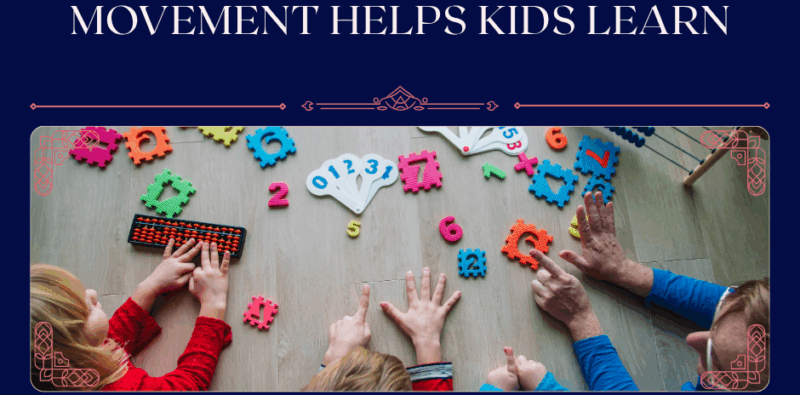
Parents often notice their children fidgeting, moving around, or playing with objects while studying. For example, a child may be asked to complete math homework but ends up tilting their chair, tapping a pen, or looking distracted.
In such moments, it is natural for parents to wonder:
- “Is my child lacking discipline?”
- “Do they not take learning seriously?”
- “Are they struggling to focus?”
While these concerns are common, research shows that such behaviour does not always mean a lack of discipline or interest. In fact, movement can sometimes be a sign that a child’s brain is actively working to process information.
Understanding Learning Styles
Every child has a unique way of learning, often referred to as their learning style. While some students learn best by sitting quietly and reading, others need to move, act, and physically engage with their environment in order to absorb knowledge effectively.
Children who learn best through physical activity are called Kinesthetic Learners. For them, sitting still for long periods feels unnatural. Instead, they learn more effectively when movement is involved — writing on a board, walking while memorizing, or even using small objects to stay engaged.
An Example in Action
- Student A sits quietly at a desk for an hour, highlighting and rereading the same passage, but their thoughts drift to chatting with friends or playing football. Despite the time spent, very little information is retained.
- Student B reviews science vocabulary while pacing around the room, creates a mind map on a large whiteboard, and squeezes a stress ball while reading. This student is physically active, but their brain is actively connecting ideas and building memory.
The difference is clear: movement is not the enemy of learning. For many children, it is the gateway to deeper understanding.
How Parents Can Support Active Learners
Instead of forcing a child to sit still, parents can channel their energy into effective study habits. Here are some strategies:
- Incorporate hands-on activities – Turn lessons into practical tasks such as drawing, building, or role-playing.
- Encourage “study walks” – Allow children to walk around while reciting or reviewing material.
- Provide small movement aids – Items like a stress ball can help maintain focus.
- Use short study sessions – Break learning into manageable time blocks with brief breaks.
- Experiment with background music – For some children, music improves concentration and memory.
Conclusion
If your child does not sit still while studying, it does not mean they are undisciplined or careless. Instead, it may reflect their natural learning style. Many children are “active learners” who think best while moving, creating, and engaging with the world around them.
As educators and parents, our role is not to suppress this energy but to provide learning opportunities that match their strengths. By understanding and supporting different learning styles, we can help every child succeed in a way that feels natural to them.